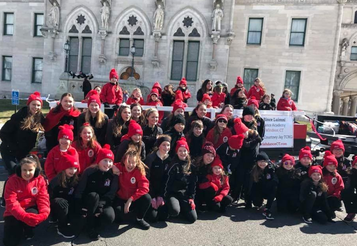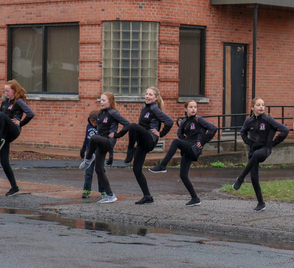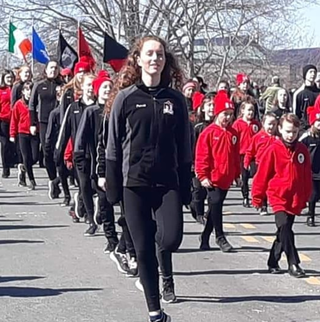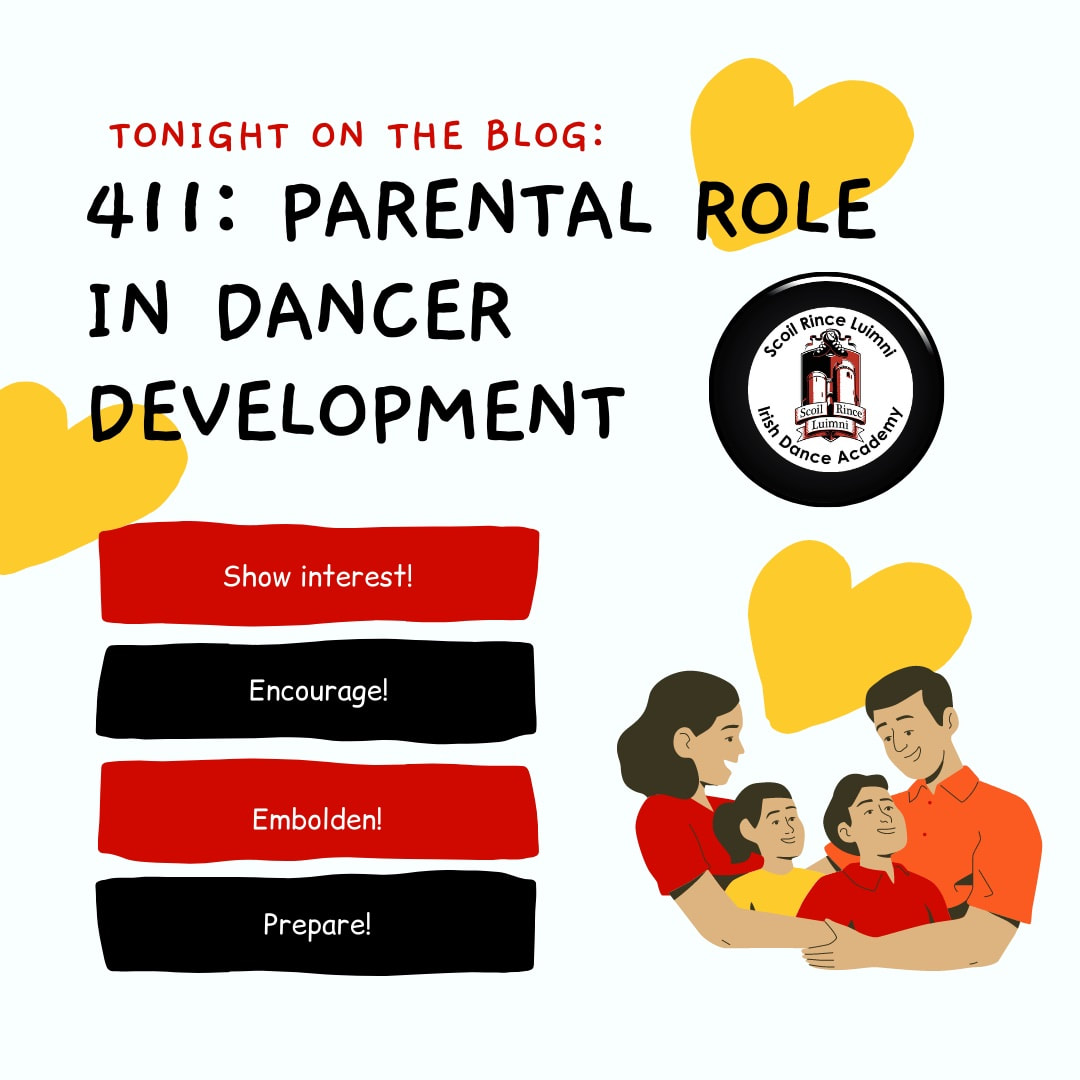 Read our first post about this topic here. It’s January, and we all know what that means: the winter doldrums are here. It’s hard getting back into the swing of things after the excitement of the holidays for adults, and it’s twice as hard for kids. Return to routine in the midst of a cold winter can feel daunting, but we’re here tonight to talk about the importance a parent’s influence has on a dancer’s development and why it’s more important this time of year than ever! First off, the first thing to remember is that every dancer has different goals, but that this is the time of year that can help determine how close they come to meeting those goals during this dance year. Every student that walks through the SRL doors has unlimited potential, but they don’t always want the same things. We’re starting to gear up for St. Patrick’s Day performance month here, followed by recital, and, for our more competitive dancers, Nationals and even Worlds—but a goal to make friends in class and participate in the parade is no less important than making it to the big stage. While this is the time of year it can be easy to let the lack of light get to us, it’s also the beginning of the second half of the all-too-short dance year, so here’s a few tips from Miss Courtney and some experts to help keep your dancer feeling encouraged, no matter how big or small their goals:  Show interest! It’s a simple thing, but can get the most burned-out dancer motivated for the classes ahead. An article in Journal for the Education of the Gifted explored this subject over a two-year study in relation to dance specifically, and found that parents “being there, sharing, and knowing” about the dancer’s classes were the most important factors in dancer development—even above specific pedagogical practices. What’s true for their academic life is equally true for their athletic and artistic development--parent engagement is the best predictor of success. It’s easy to get caught up in the hustle of day-to-day life, shuttling your kids between school and all their extracurriculars and you still have to figure out dinner…we get it! It’s a perfect storm that’s all go go go and very little time to slow down and ask about an activity when they still have homework to get done. Our suggestion is that even if it’s five minutes a day, or on the drive home, make sure to ask them questions—about their friends in class, what they learned, to show you something…a little goes a long way. Next, encourage, but don’t force them to practice! While no one in the studio is going to tell you practice isn’t a positive, forcing kids into practice can create a mental block that erases the positive effects (especially the psychological ones) of their favorite activities. There’s definite debate about this in the parenting world (check out this New York Times article that bounces back and forth between both sides of the argument,) and we know that you know your kids best, but we’d encourage you to think outside the box in terms of what “practice” may mean. You don’t necessarily see them tippy-toeing their way around their classroom, or skipping on the playground—or all of the small moments dance has crept into their life. To quote Miss Courtney: “In my book, dancers who are self-directed and enjoying their practice time will be so much more successful in the long run than dancers who set a timer with a frown on their face because mom or dad is making them practice.”  Then: embolden them to break out of their comfort zones! This one is especially for our nervous or shy dancers. We’re not saying, and will never say, to push them, but experts agree that acknowledging your boundaries and knowing when breaking them will lead to personal growth is a life skill key to continued success in all areas. Dance is the perfect arena to help your dancer learn and internalize this lesson. With so many performance opportunities coming up in the next few months, March is the perfect time of year at SRL to reframe performing as something fun rather than intimidating, a celebration of their dance achievements rather than something to be nervous about. It’s always a good time to help them see that new experiences can be positive ones! Lastly, make sure they feel prepared so they can feel confident! A dancer that comes to class in their school colors, hair neatly back, and on time, is going to have a better start than someone who runs in ten minutes late without their shoes. We’re all about letting your dancer take age-appropriate responsibility when it comes to getting ready, but creating a checklist you can go over together (whether it be for a performance, the recital, class, or a feis) is a great way to help them see their expectations so they can know when they’re meeting them. The Journal of Experimental Social Psychology agrees—going so far as to say that preparation in any field increases confidence across all other aspects of life!  While we always want your dancer to succeed in studio, SRL also wants your dancer to succeed outside the studio, and we see these two facets and inextricably linked. But we’re only part of the equation! With a boost from the parental figures in their life—some interest, encouragement, and help preparing—we know every single one of our dancers can achieve whatever goals they set. This post is part of a series. Read our last 411 post, all about positive social media use, here. Check out the blog every Monday and Thursday for more posts about Irish history, dance culture, community news, and spotlights on our dancers, staff, and families—among other fun projects! And don’t forget to dance along with us on both Facebook and Instagram.
0 Comments
Your comment will be posted after it is approved.
Leave a Reply. |
SRL NewsFind all of our latest news on our Scoil Rince Luimni Facebook page! Categories
All
Archives
August 2022
|

 RSS Feed
RSS Feed